-
Member


 AUTOPSY
AUTOPSY
FLY AUTOPSY
While living in South Africa more than fifty years ago now, I was often sent a battered and bedraggled fly with the request to tie a dozen of that particular pattern for some Fly fisher usually from one of the Rhodesia’s, Kenya, Tanganyika or Uganda. Who was convinced that, that particular fly was an absolute necessity for survival.
Quite often the sample fly was so mangled the only way to identify it was to dissect it very carefully after washing it in warm soapy water and allowing it to dry. Then using a magnifying glass, a Jeweller’s Loup and a copy of A. Courtney Williams’ “A Dictionary of Trout Flies” as a reference. Come up with what I thought the fly could be.
Most times I must have been either on the money or very close as quite often I would get a thank you note with a cheque and an order for a dozen more flies.
One of the strange things as it turned out was. Most of those battered and bedraggled flies turned out to be a Greenwell’s Glory both Wet and Dry or a very close variation. It would seem that the Greenwell’s Glory was at that time, a very popular fly among the Dry Fly Fraternity of those countries. The second most common fly was the good old Coch-y-Bondhu Dry always a good fish fetcher.
I had tied flies for a Sports Shop in Natal for a spell but, gave up tying commercially when I realised Fly Tying was Ruling my life and Fly Fishing was coming a distant second and, my children were beginning to call me Uncle.
It was through tying for the sports shop that my name became known in some fly-fishing circles. That in turn resulted in Fly Fishers seeking me out when they needed some flies in a hurry.
SO THE QUESTION IS; How many of you Hooked On Fly Tying Gentlemen have performed an Autopsy on a fly to try and determine what pattern that tattered bundle of feathers and other strange bits and pieces really represented?
 Members who have read this thread: 0
Members who have read this thread: 0
There are no members to list at the moment.
 Posting Permissions
Posting Permissions
- You may not post new threads
- You may not post replies
- You may not post attachments
- You may not edit your posts
-
Forum Rules

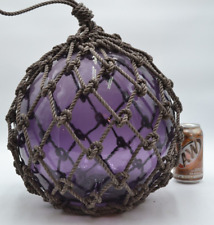
VINTAGE GLASS FISHING FLOAT IN PURPLE
$109.95
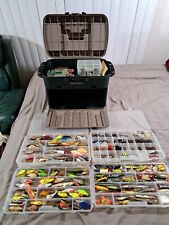
TACKLE BOX FULL OF VINTAGE FISHING LURES HEDDON BAGLEY SHAKESPEARE CREEK CHUB SB
$800.00
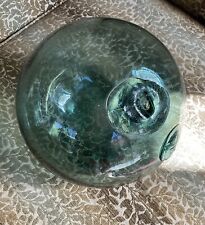
JAPANESE VINTAGE FISHING BOUY Mouth Blown GREEN GLASS FLOAT 30” Diameter Hokuyo
$220.00
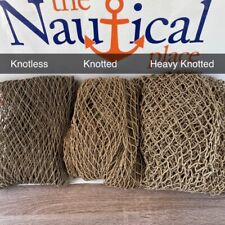
12 lb. Box of Used Fishing Net - Authentic Old Vintage Commercial Fish Netting
$44.94
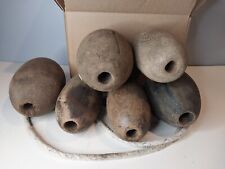
Vintage Wood Fishing Net Floats (6) Pacific Northwest Rope Historic
$37.23
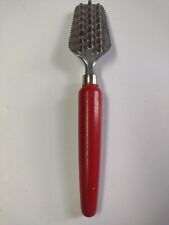
1940's Rare Vintage Japanese style fish scaler/brush see Photo & Description#41
$19.99
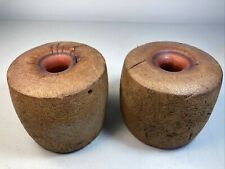
Vintage Antique Fishing Marine Nautical Cork Buoys, Floats, Fishermen, Lot of 2
$39.87
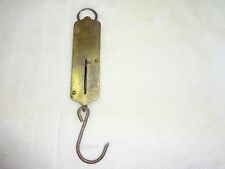
vintage chatillons's balance no. 2 fish weight scale
$24.99
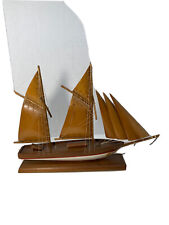
Vintage Wooden Fishing Schooner Model-Handmade-Wood Sails-20”x15”x3.5”
$95.00
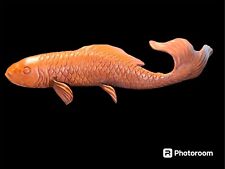
Old Antique Japanese Meiji Era Period Hand Signed Carved Koi Fish
$75.99






 Reply With Quote
Reply With Quote











Bookmarks